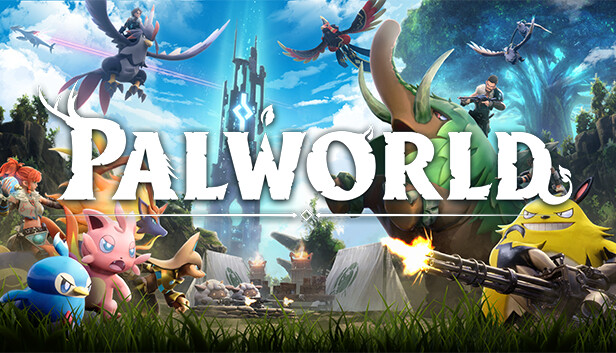After immersing myself in the expansive universe of Starfield for a substantial 37 hours, I’m ready to share my insights into Bethesda’s ambitious cosmic adventure. While the game displays remarkable potential, certain areas could benefit from improvement, particularly concerning its distinctive approach to load screens and some concerns about NPC models.
Let’s begin with the awe-inspiring beauty of Starfield’s vast universe. The meticulous attention to detail in crafting diverse planets and captivating space environments is undeniably commendable. Navigating my spaceship through the boundless cosmos remains a thrilling experience, and the ability to customize my ship adds a personal touch to the journey.
The narrative, still unfolding at the 37-hour mark, holds significant promise. The engaging lore and intriguing characters hint at depths that beckon me to further explore the mysteries of the universe. Bethesda’s storytelling prowess is evident, and I eagerly anticipate uncovering more of the overarching plot.
However, not all aspects of this cosmic journey shine brightly. Technical issues, such as noticeable frame rate drops and distracting texture pop-ins, disrupt immersion and warrant attention from the developers. While not game-breaking, these hiccups detract from the overall experience.
Another notable aspect is the occasionally jarring appearance of NPC models. Despite the visual splendor of Starfield’s universe, the character models fall short of the same level of detail. This disparity can create a disconnect between the player and the in-game inhabitants, affecting the overall sense of immersion.
It’s crucial to recognize that Starfield is primarily an RPG set in space rather than a space simulator. This becomes apparent in the game’s unique approach to load screens. The frequent transitions between points of interest (PoIs) may raise eyebrows initially, but they serve a practical purpose in maintaining a focused and engaging RPG experience. These transitions effectively prevent the monotony of extended space travel, ensuring swift progression and exploration within the context of a role-playing game.
In conclusion, Starfield presents an intriguing space adventure with abundant promise, though not without notable drawbacks. With 37 hours invested, I appreciate the grand scale and potential the game offers. Nevertheless, technical issues persist, and there is room for greater gameplay diversity. The NPC model quality can be jarring in contrast to the game’s stunning universe. The distinctive approach to load screens, while initially surprising, ultimately enhances gameplay efficiency. With continued updates and refinements, Starfield has the potential to evolve into a must-play space exploration game, but it still has some ground to cover before reaching its full zenith.





